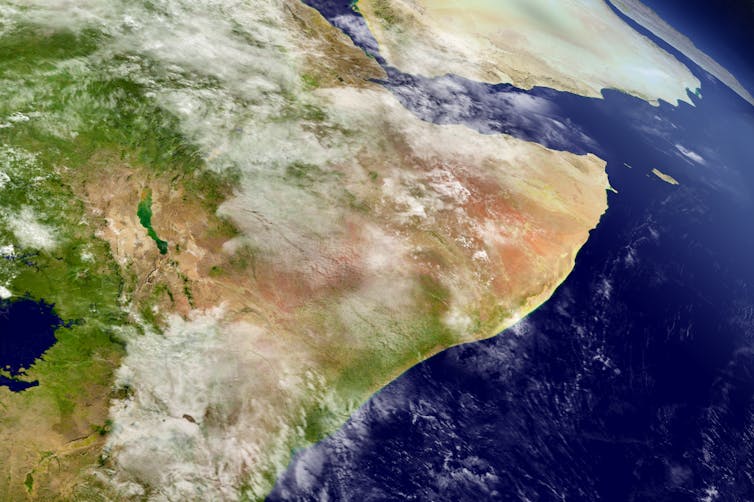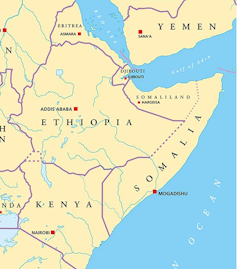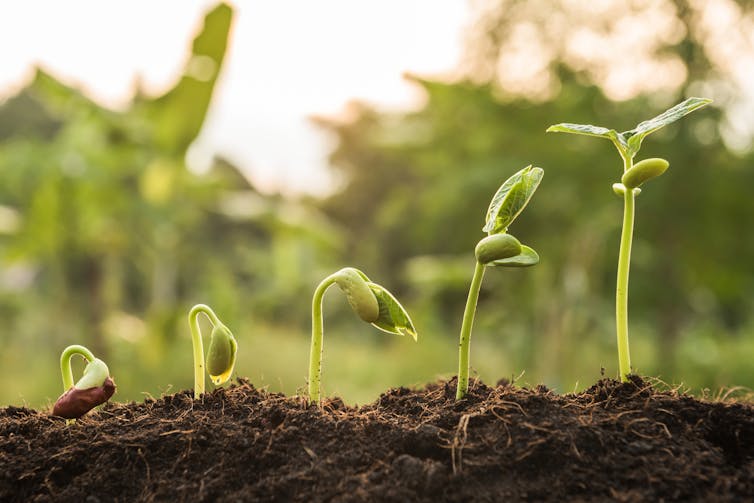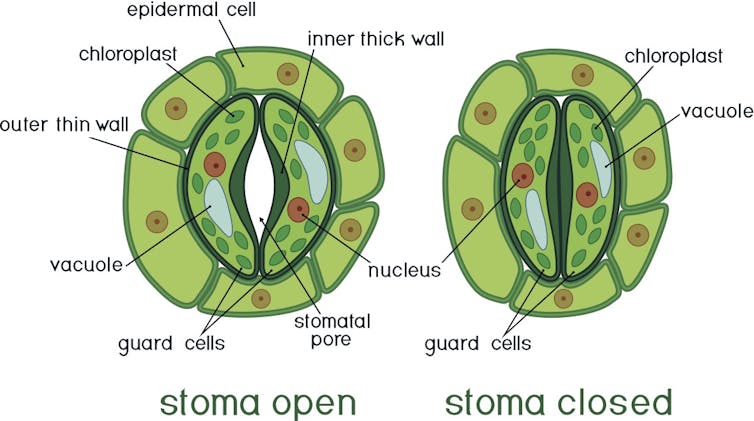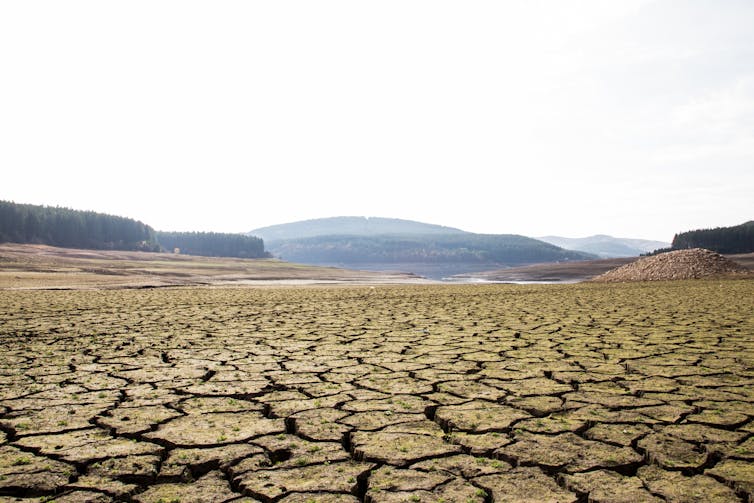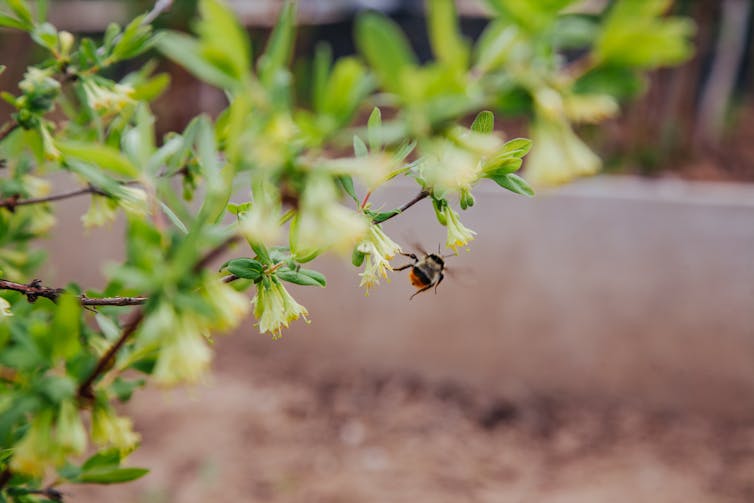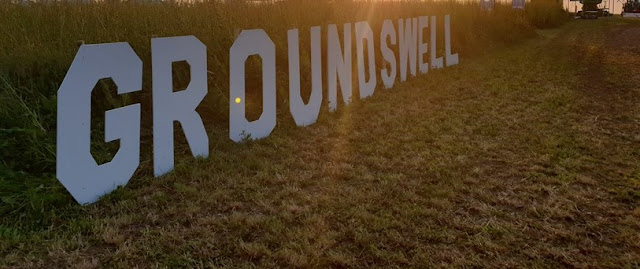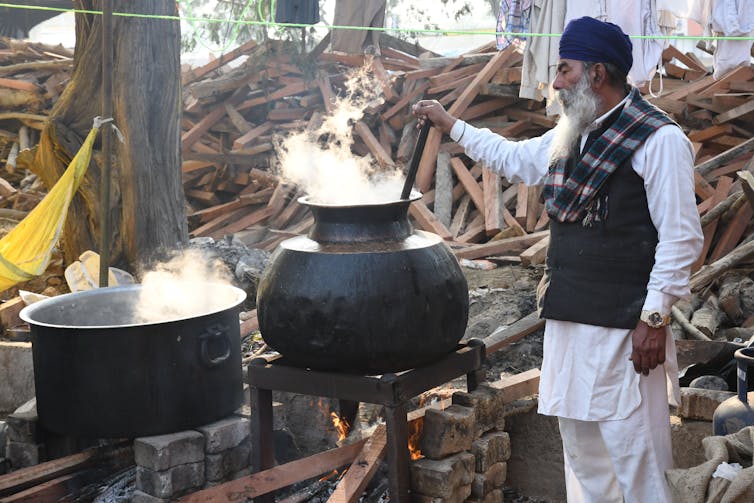Defining ‘Food Justice’ is not easy. When it comes to ‘fairness’ and ‘equality’ in relation to our food system, should we be concerned with questions of individual citizens’ access to sustainable sources of subsistence, or issues of production, labour and the practices of agri-business? Do people have clear rights to food? And should such rights focus on quantity alone, or take account of the quality and nature of food? Furthermore, when defining ‘food justice’ should we be primarily concerned with human rights, or are we dealing with complex systems that oblige us to think about non-human persons and actors, including animals and the environment? Whatever our responses to these questions might be, it seems clear that thinking about climate change cannot ignore either food or justice.
 |
| An artistic collaboration is stimulating discussion about who is at the table in (un)just food systems. |
Over the last year, we have established the Bristol Researchers Food Justice Network. Primarily, this has been through setting up a regular fortnightly seminar series, a workshop exploring the core purpose, values and potential for the Network, and an artistic collaboration to experiment with interactive ways of thinking about the food system and food justice. As it moves into its second year, we reflect on some of the key themes discussed so far. Recent models suggest that policy decisions that focus on climate alone will likely result in rapid growth in social inequalities, including and especially in the global food system. As we focus on questions of environmental sustainability and climate change in the light of the Cop-26 conference, some key food justice issues come to mind:
1. The way that we see food justice is systemic, equally as environmental as it is social
Every part of the food system is connected. Problems with diet are not disconnected to labour force, or price of food, or access to land, or environmentally sustainable farming. It is possible to have a food justice perspective towards understanding food systems. This involves seeing and considering people and other beings everywhere in the system and their being recognised as having an inherent value, with such value not being cheapened in the name of economic cost.
What clearly emerged from the network workshop, which involved researchers from vets to social scientists, historians and lawyers, was that we valued word and concept of ‘justice’ because it captures the common understanding that we are committed to change where we see injustice. While many network members understand food interactions as part of a ‘food system’, the concept of justice helps us maintain a critical and action-led approach where we see problems in those food systems.
2. Justice in food systems is bound up with structures of trade and foreign policy agendas
Since the mid-nineteenth century, Britain has largely relied on food imports, a model which has today become normalised. For many, changing this model is fundamental to building a more sustainable food system. But this cannot be a choice between either climate or society Recent government initiatives promise radical new directions in agriculture policy but keep this trade-centred model intact. Thus, the UK is determined to get farmers away from food subsidies, having committed to end direct payments by 2027. This would turn farmers into environmental stewards whilst offshoring the production of food elsewhere. Moreover, trade deals can increasingly be seen to trade away local and national food production in favour of other priorities, something that the network held a ‘policy hack’ discussion about following the approval of the UK-Australian Free Trade deal in June 2021.
 |
| Lauren explores how the table at the heart of the artistic collaboration is supported and wired together. |
3. The Dutch model alone cannot save the world
Many models for the future of farming, food supply and food consumption, focus on technical solutions. Accounts of the ‘miracle’ of Dutch agriculture, for example, cite the emphasis on the investment in research and innovation that have underpinned the country’s apparent success in agricultural research and development. But what are the social implications of technological solutions – and what if we end up sacrificing quality for efficiency?
Will research led by agri-food corporations underpin a genuine revolution in global food production, or create intellectual property that marginalises small-scale and community-centred farming enterprises in ecologically-vulnerable territories in the Global South? Some agri-tech policies pioneered by countries such as the Netherlands – such as responsible antibiotic use – are to be lauded, but if these are pursued in the service of intensive agriculture, real problems remain.
4. Consumers are key to change – but we need to do more than blame and shame
As individual consumers, we all have a role to play in transforming the food system; but individualising systemic problems simply places the onus on the consumer in ways that often inhibit radical action. Moreover, as recent polling suggests, individuals are reluctant to embrace environmental actions – such as reducing meat consumption – that have the greatest impact on their own lives.
The choices we make certainly matter, but the notion of ‘choice’ is in many cases an illusory, erroneous and pernicious concept. In effect, consumers are presented as ‘both the cause and the solution to potential health problems and thus are made to be accountable for their own health.’ This is especially true when we consider questions of poverty and its relation with obesity and other diet-based non-communicable disease. The idea that consumers, by choosing to consume ‘ethically’, ‘sustainably’ or ‘healthily’ can on their own resolve social and environmental deep-seated problems. Policies that place the responsibility for making healthy, ethical and sustainable food choices on individuals fail to address the contexts in which individuals and families live and work.
5. Agriculture and the people within it are being consistently undervalued, around the world
The current food system involves at least 1.1 billion people working in agriculture, who are often among the world’s poorest people. Peasant and self-sufficient farming practices, which often involve very low carbon emitting practices are routinely undermined by large infrastructure and deforestation practices, perpetuating a cycle of the mobility of people away from the agricultural sector that does not compensate them well (including through low international prices for primary agricultural products) towards more intensive practices in the same sector, or into other types of work.
Intensive agriculture relies on a waged labour force of 300-500 million, including many who depend on jobs in plantation work, which is degrading and, in some cases, involves forced labour and modern slavery, having emerged from systems of production developed under conditions of colonial slavery, such as in sugar plantations. Meanwhile, migrant workers make up a large proportion of seasonal and harvest workers in many rich countries because they are in a weak position in the labour force and are therefore, overall, are paid lower wages and offered poorer conditions than their national counterparts. Small producers across the world attempting to live in low-impact lifestyles are usually excluded from subsidies, but often even wealthy farmers, find their land crops and livestock are undervalued. To stay in the sector people working within it are frequently pushed into other activities to diversify and supplement their livelihoods through ecotourism or other specialised initiatives drawing income from the service sector. Why isn’t there inherent value to producing food?
6. The combined challenges of climate and biodiversity crisis for agriculture must be addressed as issues of food justice
A (contested) narrative is emerging that suggests it is possible to divide the world into areas which protect nature and areas which intensively produce food but have negative environmental consequences. We are thus presented with ‘difficult choices’ premised on the belief that farming is inherently incompatible with conservation and climate change mitigation.
This is an off-setting approach which uses a logic of ecological destruction in one place to be compensated for by nature promotion/restoration in another place. However, such ‘land sparing’ approaches simply maintain the status quo and distract our attention from the root causes of a problematic food system. We should be wary of policies that further outsource food production (and environmental damage) to prioritise environmental conservation/restoration in the UK and elsewhere.
 |
| Lead artist and ceramicist, Amy Rose, considers the dynamics present at the table. The collaboration is supported by the Brigstow Institute of the University of Bristol. |
These represent some of the central issues we have begun to tackle in the Food Justice Network. As researchers, we also recognise that to fully address concerns around our contemporary food system, we need processes that expand our conversation, allow everyone to tell their stories and to fully engage all our senses. Working with artists and creative practitioners has started to help us broaden and clarify our definitions of food justice and will give us opportunities to engage and interact between and beyond the boundaries of research, public knowledge, and practice.
Creative practice and public engagement can become critical tools as we address the twin challenges of climate emergency and social inequality and their radical impact on our food systems – at local, national, and global scales. Above all, an emphasis on food justice will be imperative if we wish to develop food policies that sustain both our environmental and human futures. Our current food system embodies historical systemic inequalities that reflect the diverse legacies of colonialism, industrialization, and globalization; these must be addressed rather than amplified in our responses to the climate emergency.
————————-
This blog is written by Cabot Institute members Dr Lauren Blake, Dr Lydia Medland, and Dr Rob Skinner from “Who’s in our food?”. This blog has been reposted from the Bristow Institute blog with kind permission from the Brigstow Institute. View the original blog.



